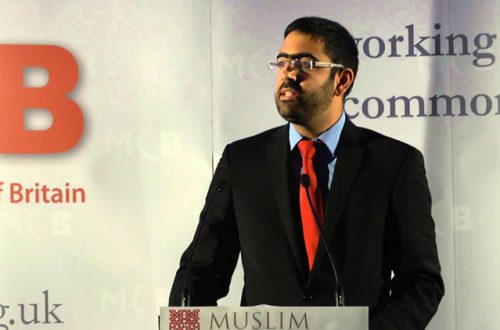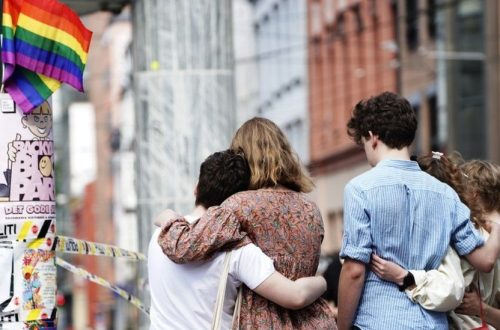Sadiq Khan has recently announced that he will bar ads which project an unrealistic body image from London’s transport network. According to Breitbart this is a sinister move which has everything to do with the Mayor’s Muslim identity.
Sadiq Khan argued for the move by appropriating the language of feminism, claiming that alluring images of beautiful women could make them “ashamed of their bodies”.
Ironically, the policy is likely to please both the misogynistic Islamist and prudish, third wave feminist, whose ends appear increasingly similar.
The announcement comes five years after suspected Islamists began painting over images of bikini clad women in Tower Hamlets in East London, and last year after feminists began similarly defacing images of women in bikinis on London transport.
Of course some Muslims sometimes do appropriate incongruous discourses to promote a religious agenda, for example using the language of liberalism and choice to justify segregation or the niqab. It is also true that there can be an odd alignment between some goals of feminism and theocratic puritanism. I touched in this ‘beach body ready’ post on how pornography-burning feminists ironically foreshadow the censorious theocratic regime of Gilead in Margaret Atwood’s The Handmaid’s Tale. However it’s a bit Livingstonesque to overstate this alignment as the goals of feminists and Islamists are so very different.
I see no reason to think there is anything ‘Islamist’ in Sadiq Khan’s decision, or that it has any connection with his Muslim identity. Before his election he caused some controversy by making known his forthright views on face coverings.
Khan, 45, said: “When I was younger you didn’t see people in hijabs and niqabs, not even in Pakistan when I visited my family. In London we got on. People dressed the same. What you see now are people born and raised here who are choosing to wear the jilbab [a loose gown] or niqab.
“There is a question to be asked about what is going on in those homes. What’s insidious is if people are starting to think it is appropriate to treat women differently or that it has been forced on them. What worries me is children being forced to adopt a lifestyle.”
And it’s worth remembering that Tessa Jowell, his rival for the Labour Mayoral candidacy, made a similar proposal last year.
When I was Minister for Women, I toured Britain meeting groups of young women, aged under 17, to understand what drove the gender pay gap.
It was truly shocking that in every group, all over the country, they talked about a sense of worthlessness linked to the notion that their bodies – how they looked – fell short of the ‘ideal’. We have to liberate young women from this commercial tyranny.
As Women’s Minister, I brought in a voluntary code regulating media images of women and to try and ease the pressure girls feel to be thin.
There’s a nuance of difference between Jowell’s take on this issue and Khan’s. Whereas Jowell’s focus was on sexism, for Khan women are just one group who may be particularly affected by certain images. Young people are also singled out in his press release as a key target group for such ads. Companies such as Hollister push images of young men with a body image unachievable for many boys and they, as well as young girls, may suffer from feelings of inadequacy.
I can’t say I have strong views about Sadiq’s policy myself – if I was a Londoner I’d probably be more concerned about how much I was paying for my journey – but, by contrast with the many reasonable criticisms of the Mayor’s judgement and connections made here in the past, accusations that Sadiq is turning London into Londonistan seem wildly off the mark.


